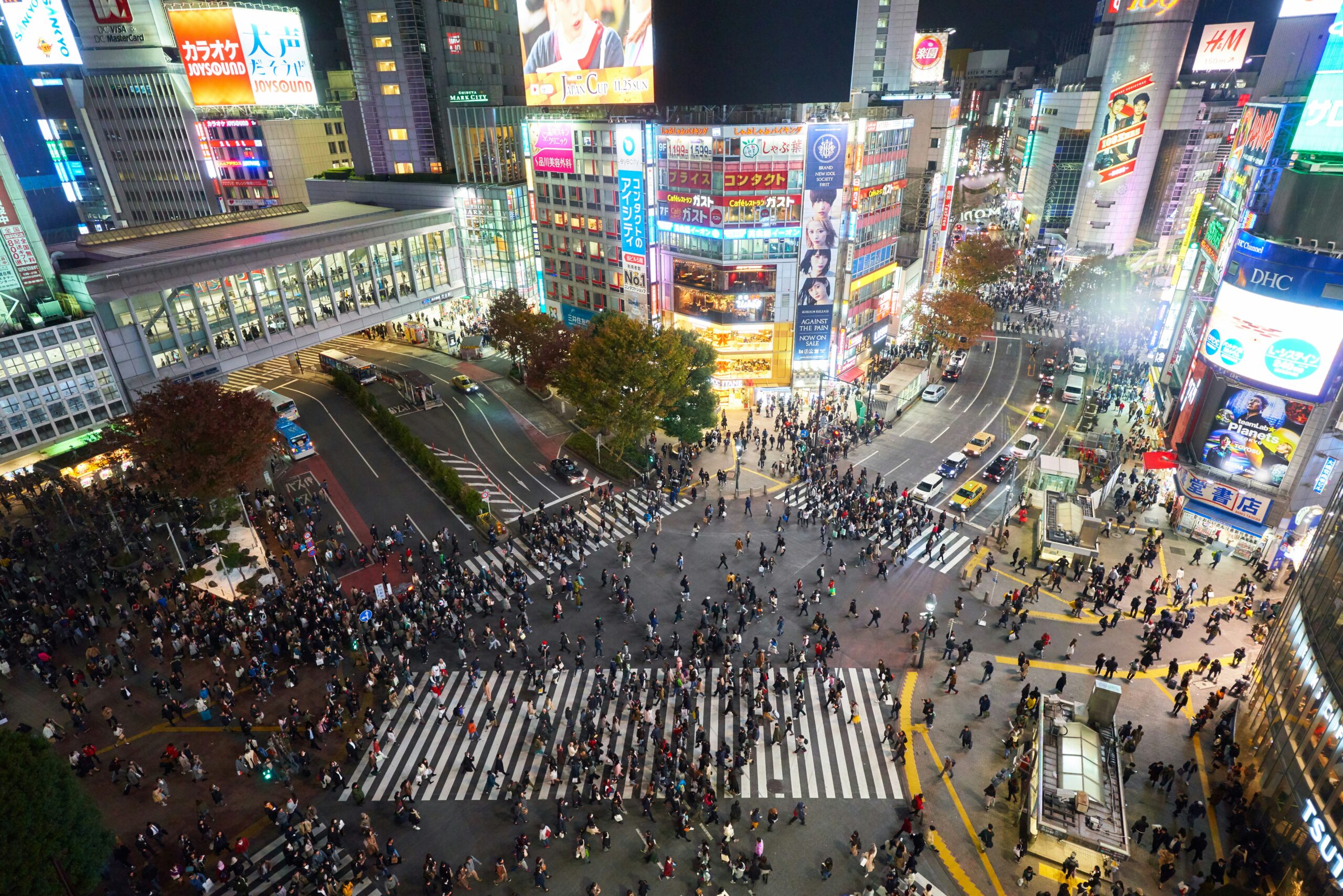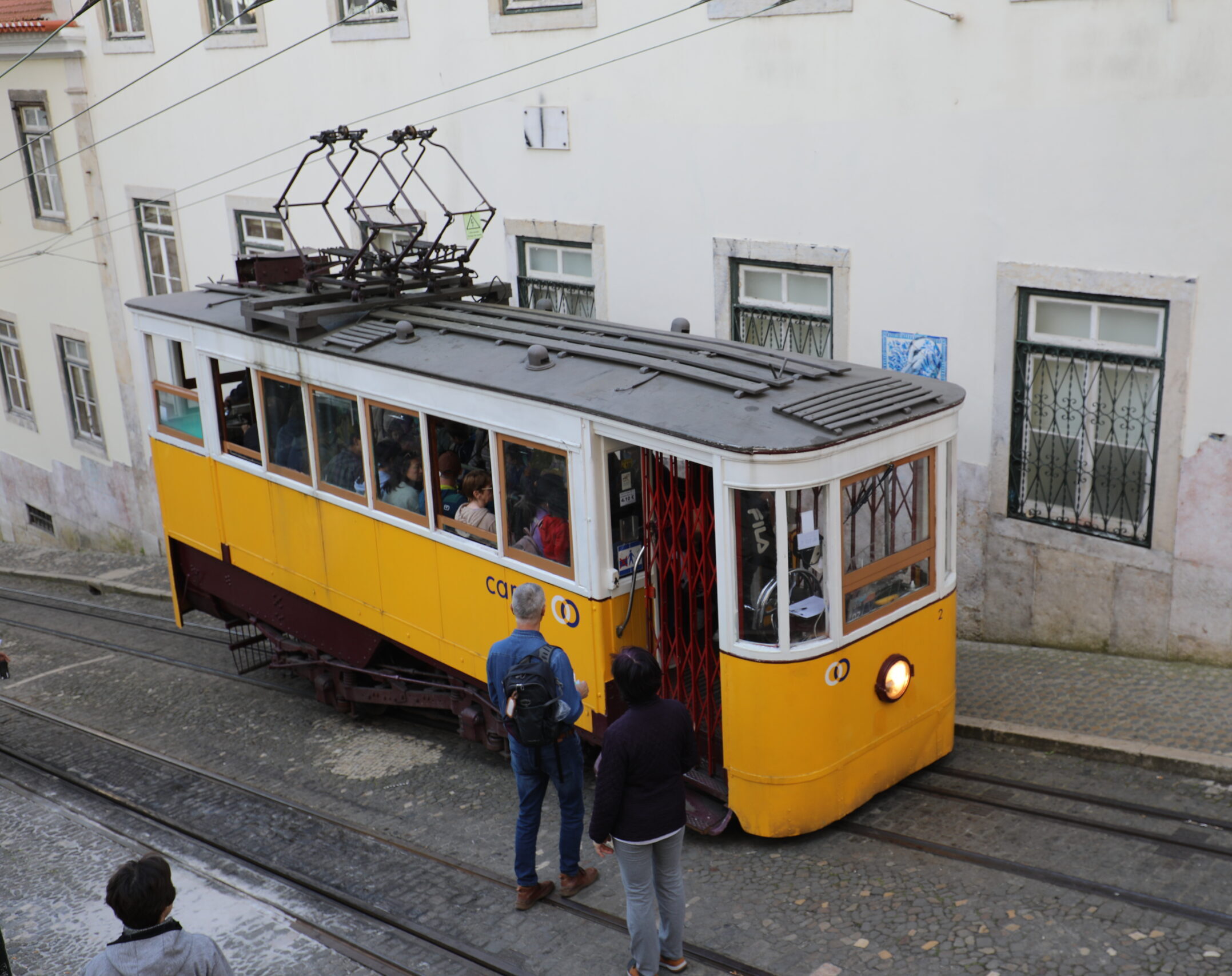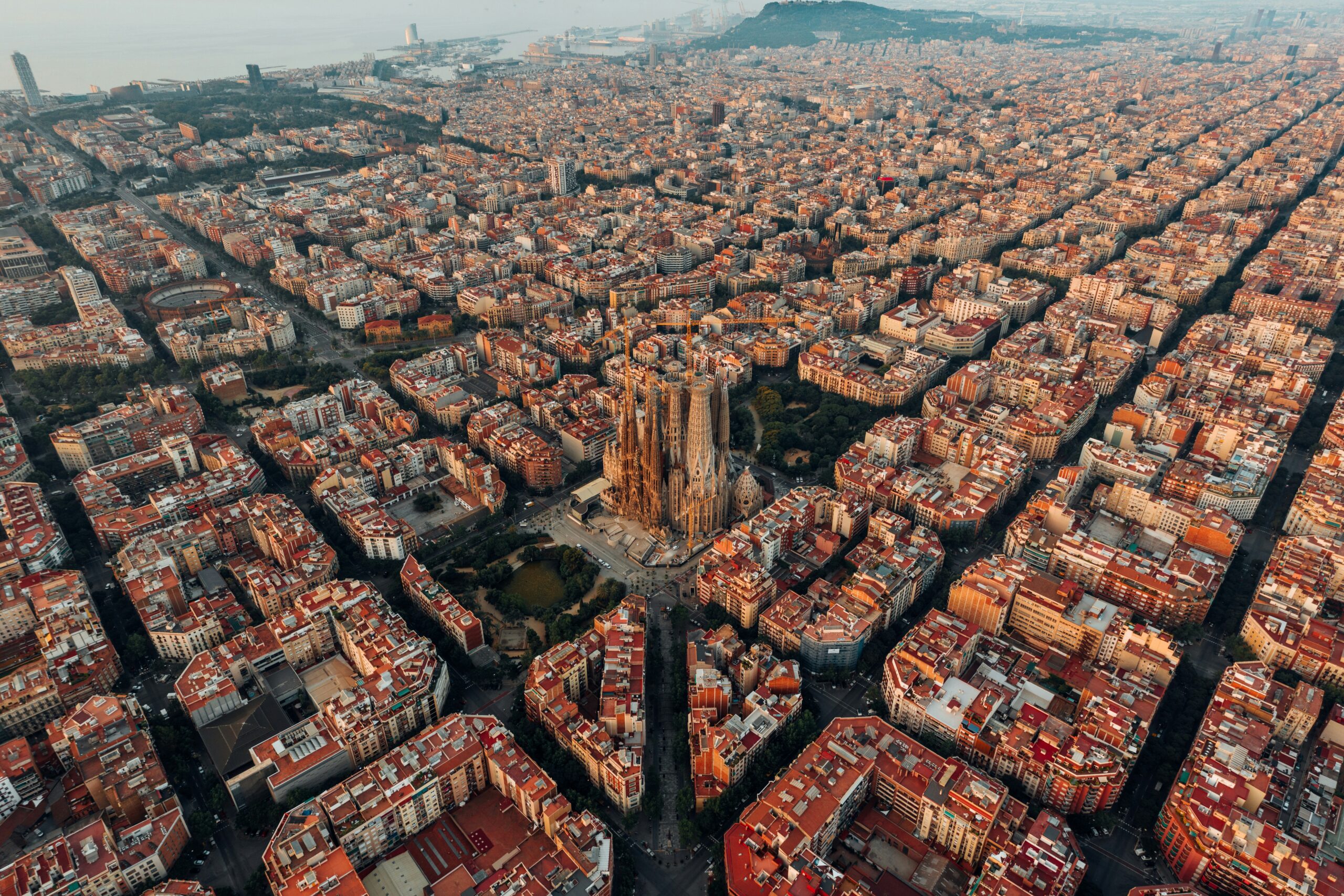Tokyo is a mesmerising city—a place where centuries-old traditions harmoniously coexist with modern innovation, creating a cultural experience like no other. From the neon-lit streets of Shinjuku to the tranquility of Meiji Shrine, Tokyo captivates millions of visitors every year. But as a wheelchair user or accessible traveller, you might wonder, is Tokyo wheelchair accessible?
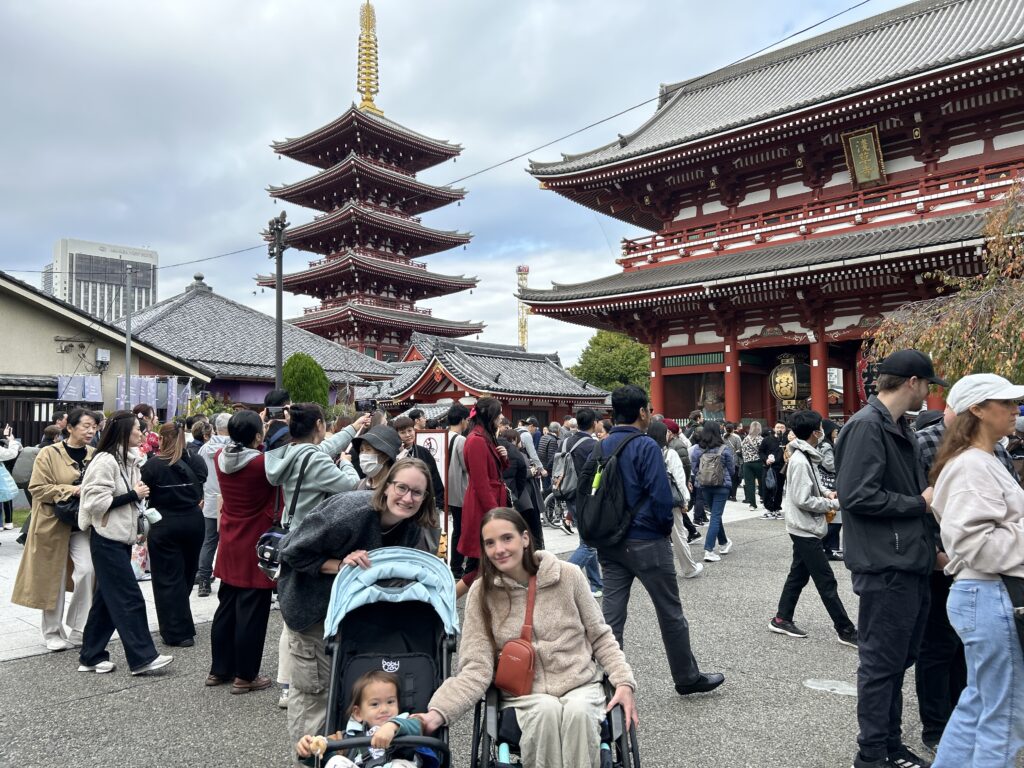
The answer is a resounding yes! Thanks to significant advancements in infrastructure, particularly in preparation for the 2020 Paralympics, Tokyo is becoming a shining example of how cities can adapt to be inclusive for everyone. With some planning, wheelchair users can confidently explore the sights, sounds, and flavours of this vibrant city.
Whether you’re considering a trip or simply curious about Tokyo’s efforts toward accessibility, this guide will take you through all the key aspects of navigating Tokyo on wheels.
Public Transport in Tokyo: A Game Changer
Navigating Tokyo as a wheelchair user is made significantly easier thanks to its modern and accessible transportation network. Whether you’re taking the train, hopping on a bus, or hailing a taxi, you’ll find an accommodating and efficient travel system at your disposal.
Trains and Subways
Tokyo’s public transportation network is one of the most extensive in the world—and it’s also impressively wheelchair-friendly.
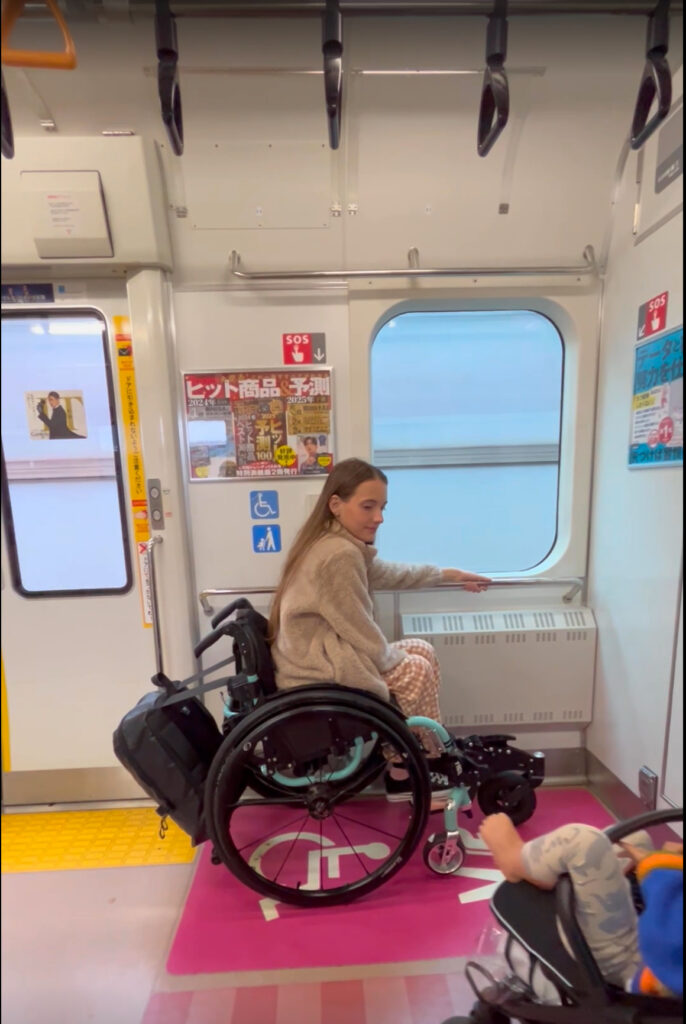
Elevators and Ramps: Almost all stations across the city, including Shinjuku, Shibuya, and Tokyo Station, are equipped with elevators, chair lifts, ramps, and accessible bathrooms.
Train Platforms: Many train platforms have gaps and heights compatible with wheelchair users, and station staff are available to offer assistance with boarding if needed.
Highlighted Facilities: The Tokyo Metro and JR lines prioritise accessibility with staff willing to help. We found the majority of staff we engaged with spoke English, and they were so helpful and often accompanied us to the platform. There are frequent announcements (in Japanese and English) and tactile paving on all pathways.
Eki Stamps: If you are like us and want to collect the Eki Stamps (or station stamps), they can be found at all the major JR stations across the city. Our tip – take an A5 size ink stamp with you (and your note book) everywhere you go. We found the majority of the ink pads provided at the stamp stations to be dry.
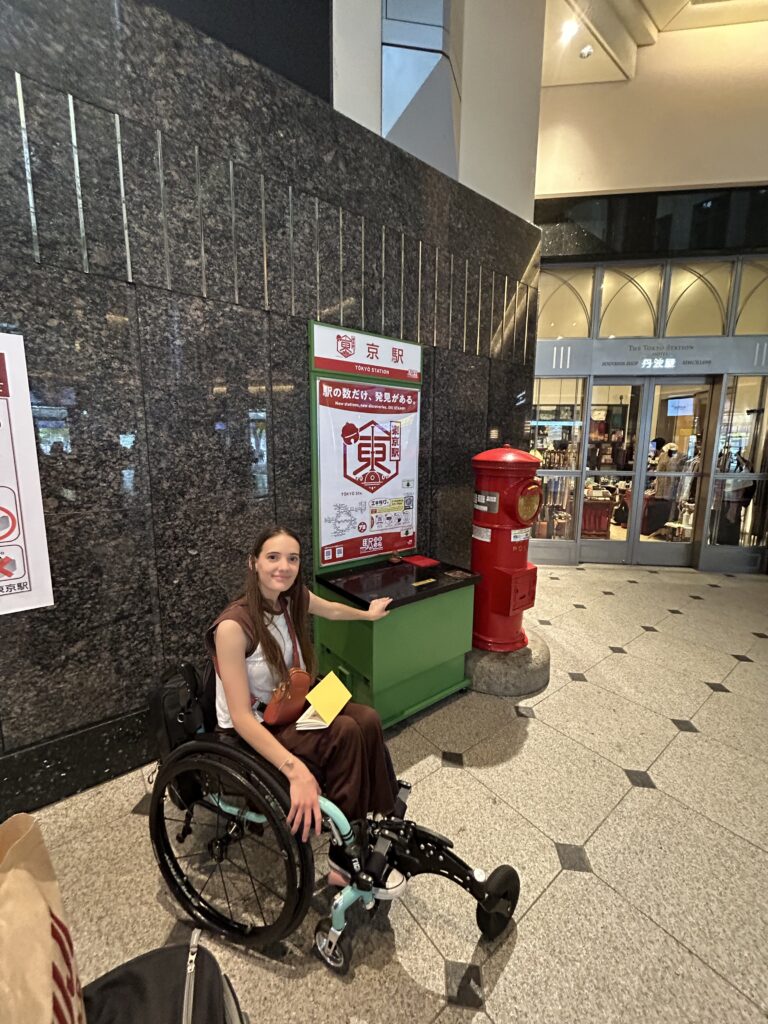
Buses
Most of Tokyo’s public buses feature low floors and extendable ramps. You’ll also notice priority seating areas for wheelchair users, facilitating a stress-free ride for everyone onboard.
As the bus you want to take is approaching, signal to the driver you wish to board and they will assist you. The drivers of every bus we took in the city were so friendly and always asked to see where we wanted to get off so they knew when to stop.
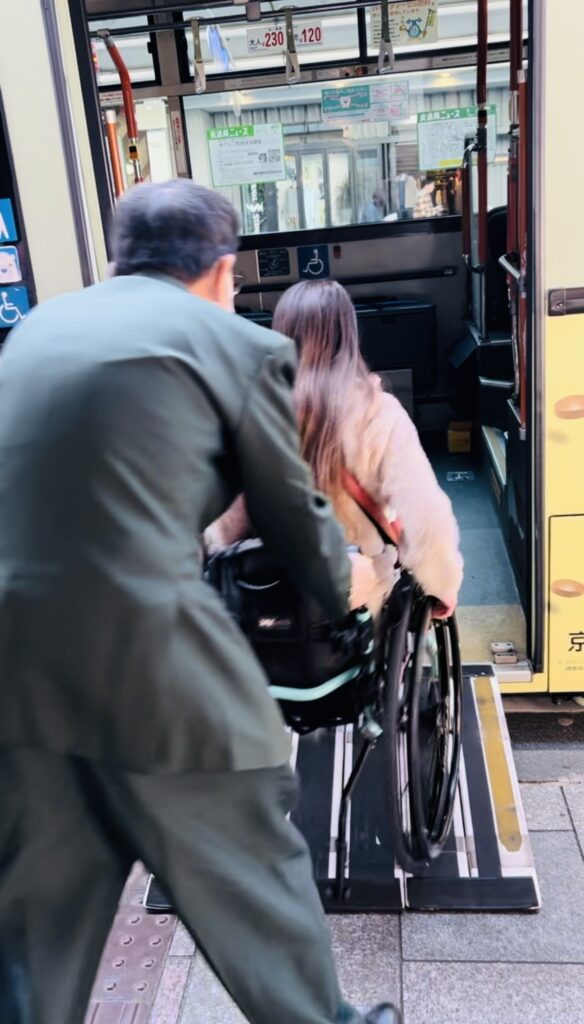
Accessible Taxis
Wheelchair-accessible taxis are now widely available in Tokyo, particularly in central districts like Ginza, Akihabara, and Roppongi. These specialised vehicles are designed with ramps or lifts, ensuring a seamless and dignified travel experience.
We only used a taxi once – when we arrived at the airport for our trip into the city. You can try services such as Wilgo and City Cab Tokyo provide vehicles that are wheelchair accessible (you can stay in your chair or transfer out of your chair via ‘swivel seats’).
Top Accessible Attractions in Tokyo
Despite its bustling charm, Tokyo offers plenty of accessible attractions, blending cultural richness with modern-day convenience. From serene temples like Senso-ji and Meiji Shrine to vibrant districts like Shibuya and Akihabara, the city caters to every interest. Whether you’re exploring traditional tea houses or marveling at cutting-edge technology, Tokyo provides a seamless mix of the old and the new, ensuring an unforgettable experience for all visitors.
1. Senso-ji Temple (Asakusa)

The iconic Senso-ji Temple, Tokyo’s oldest and one of its most famous landmarks, is a must-visit destination steeped in history and culture. It is also the most popular tourist attraction in Tokyo so it is extremely busy.
Visitors can marvel at the stunning architecture, explore the bustling Nakamise-Dori shopping street filled with souvenirs and street food, and immerse themselves in the grandeur of this historic site, all while enjoying an inclusive and welcoming environment.
The site has been thoughtfully designed to accommodate wheelchair users, with smooth pathways and an elevator providing easy access to the main hall.
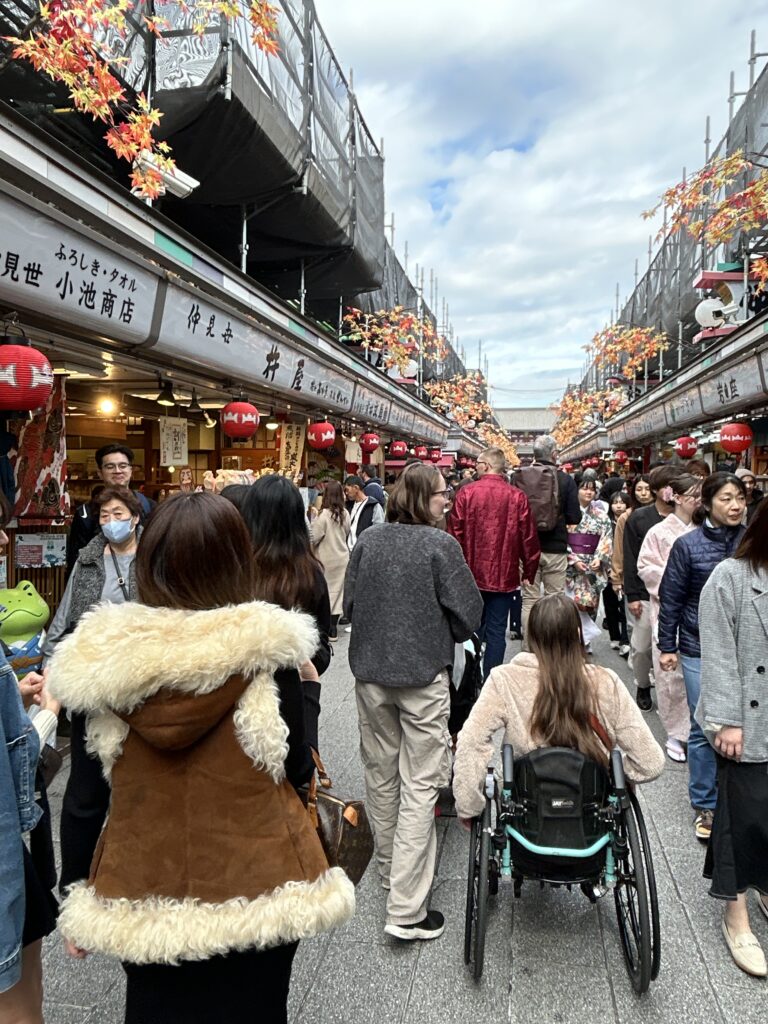
2. Tokyo Skytree (Sumida)
Looking for city views that take your breath away? Tokyo Skytree, Japan’s tallest tower standing at a remarkable 634 meters, offers jaw-dropping panoramic views of the city, stretching all the way to Mount Fuji on clear days.
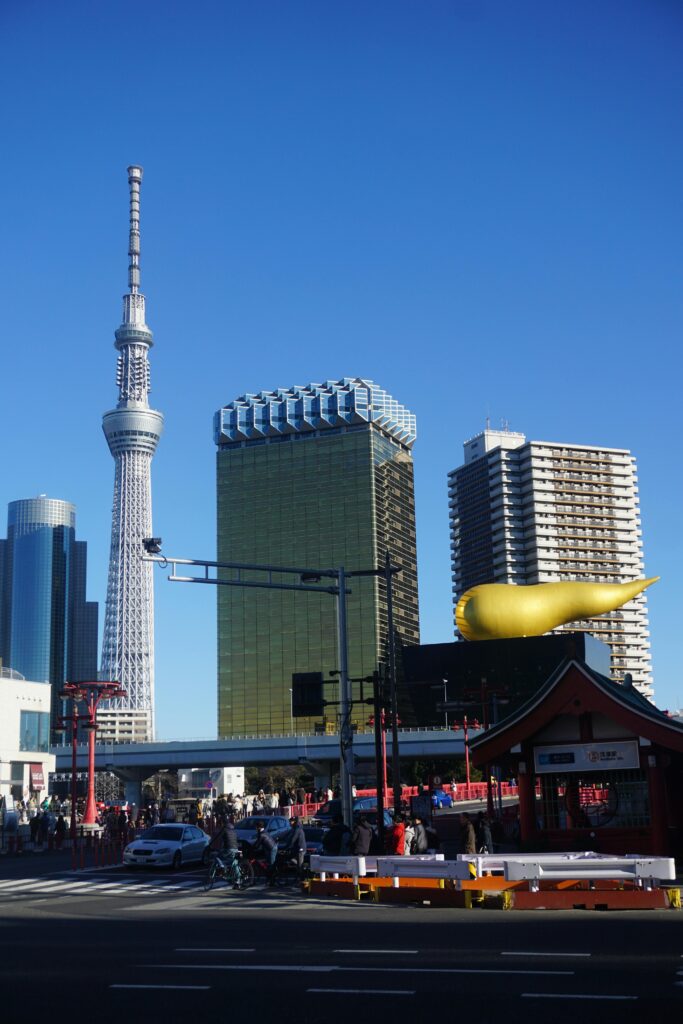
The attraction is fully accessible with ramps, elevators, accessible bathrooms, and discounted entry fees for disabled visitors. No need to book in advance and you can skip the line by making yourself known to staff who will help you access the elevator quickly.
After taking in the views, visit the Skytree Town complex for shopping, dining, and even an aquarium, all designed with accessibility in mind.
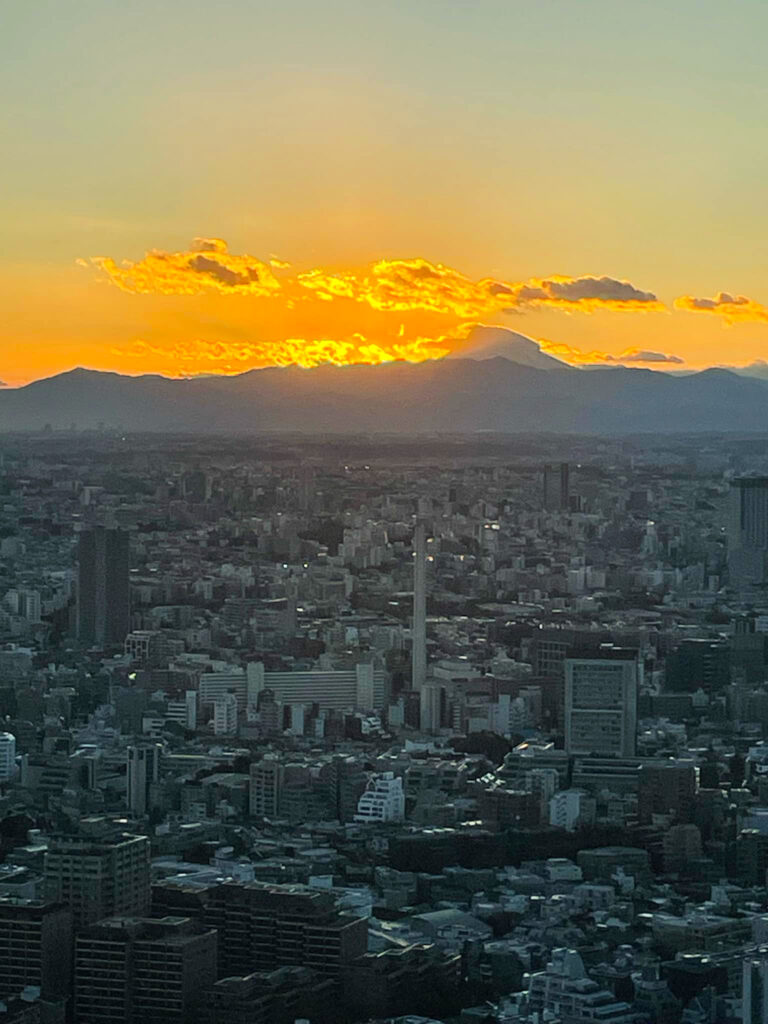
3. Shibuya Shopping Precinct (shibuya)
Shibuya, renowned for its vibrant energy and iconic landmarks like the Shibuya Crossing, is becoming increasingly accessible for all visitors. Many of the shopping centres and department stores in the area, such as Shibuya Scramble Square and Shibuya Hikarie, are equipped with elevators, escalators, and wide pathways to accommodate wheelchairs and strollers. Even the Don Quixote (a right of passage for any visitor to Tokyo) has an elevator.
This area of the city is hectic – many, many visitors which can make navigate the footpaths a little tricky at times due to crowds of people. That being said, the footpaths are great, curb cuts everywhere, and the tactile paving is everywhere.
4. Meiji Shrine (Shibuya)
Meiji Shrine, located between Shibuya and Harajuku, is a serene oasis in the hustle and bustle of the city. It also happens to be an accessible destination that welcomes all visitors to enjoy its natural beauty and cultural significance.
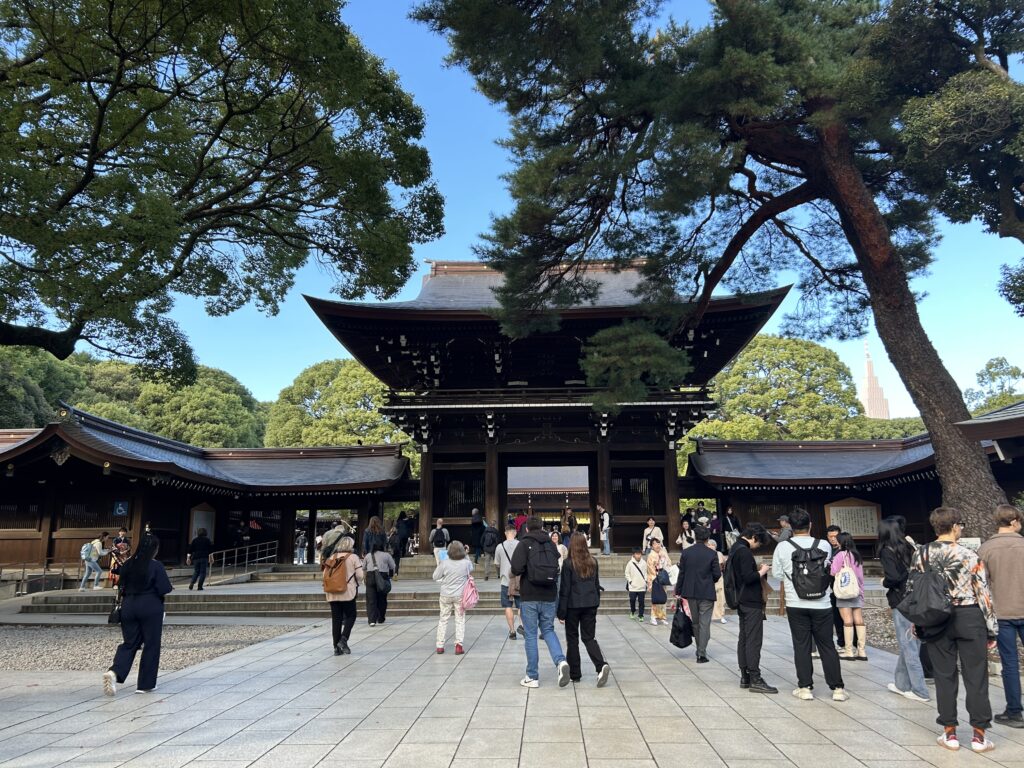
The shrine features wide, smooth pathways that accommodate wheelchairs and strollers, making it easy for everyone to explore the tranquil grounds. The main approach to the shrine is well-maintained, with gentle slopes and minimal obstacles, ensuring comfort for individuals with mobility challenges.
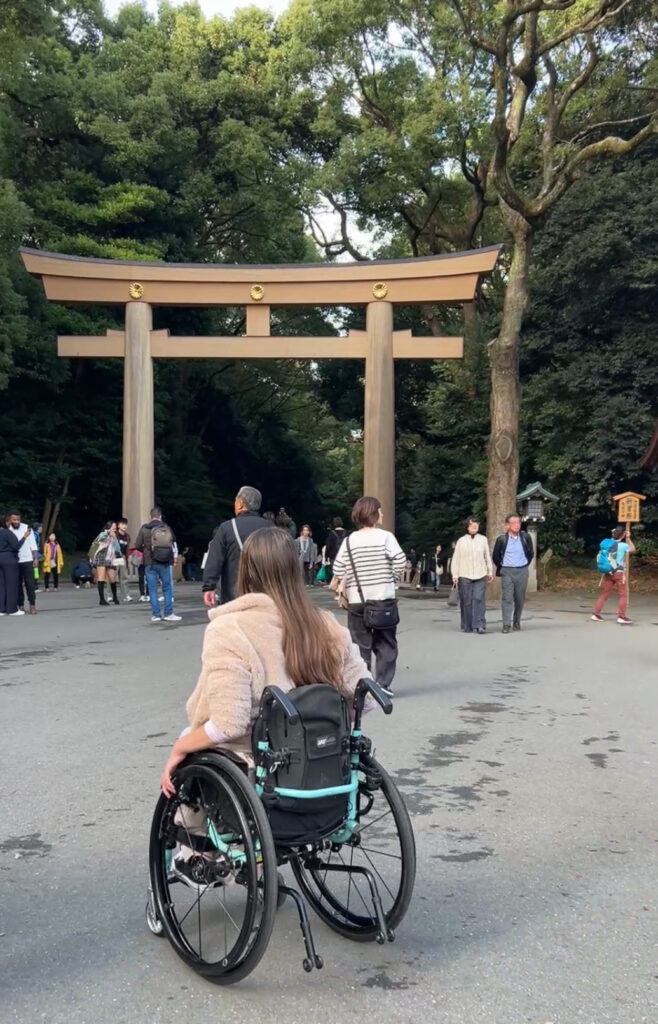
Whether you’re enjoying the peaceful forested surroundings or learning about Japan’s history, Meiji Shrine offers an inclusive and enriching experience for all.
5. Tokyo disneyland and tokyo sea (urayasu)
Tokyo Disneyland And Tokyo Sea are both magical destinations that welcomes visitors of all ages and backgrounds with its enchanting atmosphere and world-class attractions. However, it is important to acknowledge the challenges that wheelchair users may face when visiting these parks.
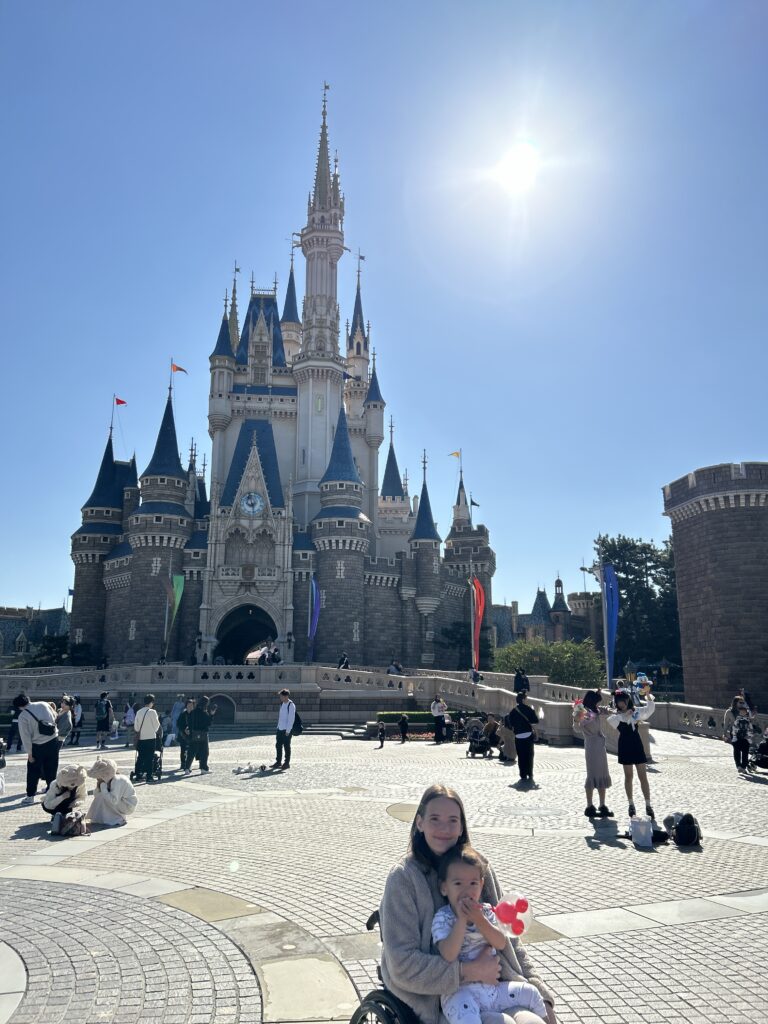
All rides require guests to have the ability to evacuate independently, including climbing stairs in the event of an emergency. This policy has unfortunately resulted in some individuals being denied access to attractions.
During our visit, we navigated this situation by informing the staff that my mother could carry me out if evacuation was necessary, as I am fairly small in size. Thanks to this arrangement, I was able to enjoy all the rides I wanted without any issues. While this worked for us, it highlights the need for enhanced inclusivity, ensuring that everyone can fully experience the magic of these parks.
Both Tokyo Disneyland and Tokyo Sea provides accessible facilities, such as wheelchair-friendly pathways, accessible shopping and dining options, accessible bathrooms, and shows.
Guests can explore a variety of themed areas, from the whimsical World Bazaar to the thrilling Westernland, each offering unique rides, shows, and experiences. Multilingual signs and guides ensure international visitors feel at home, while the vibrant parades and fireworks create unforgettable memories for everyone.
If you wish to learn more about our experiences in these theme parks are a wheelchair users please contact us via the form found here.
Accessible Dining
One of Tokyo’s many delights is its culinary scene—and the good news is that many restaurants and cafes are now wheelchair-friendly. Look out for establishments with step-free entrances, accessible seating, and elevators in multi-level venues.
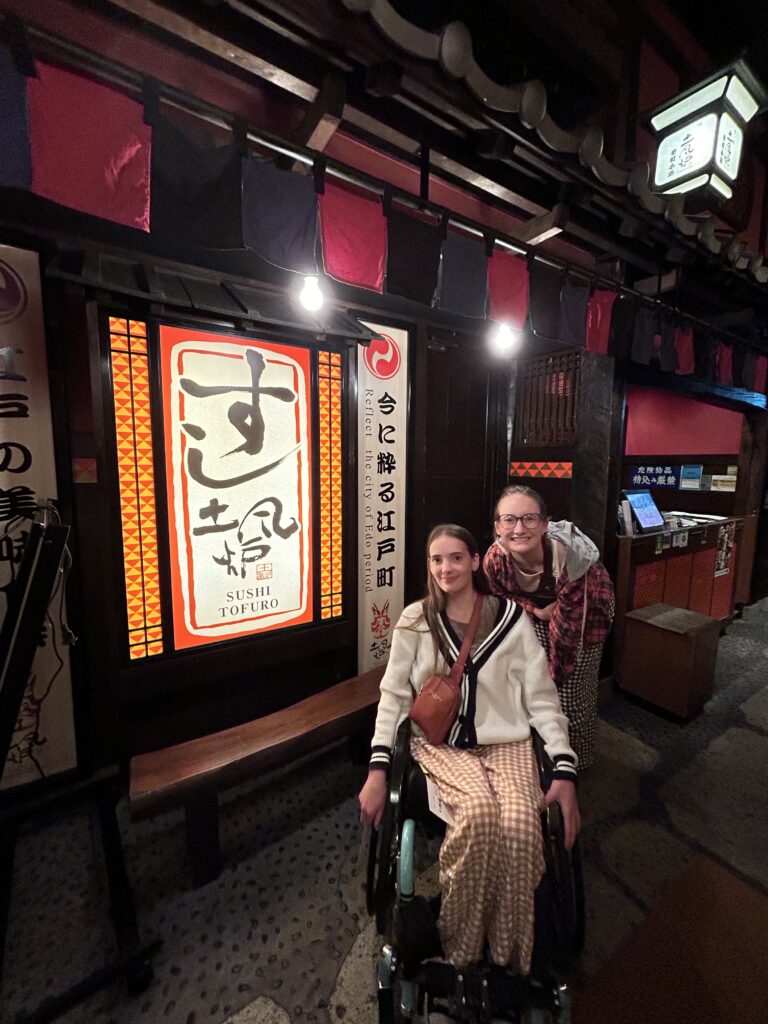
One of our favourite restaurants in Tokyo was a sushi restaurant deep underground, accessible via a tiny, hole in the wall elevator, with private booths, or busy communal tables. The food and service here is unbelievable.
There are too many accessible and delicious options for exquisite food in Tokyo. It really is a foodies heaven. If you’re craving traditional Japanese flavors, Nadaman is an excellent choice, offering refined kaiseki dining with accessible seating and attentive service.
For sushi lovers, Kaiten Sushi Nemuro Hanamaru in Ginza provides a fun conveyor belt sushi experience with step-free access. Additionally, many ramen shops, such as Ichiran Ramen, have step-free setups or work to accommodate with their friendly staff. These options ensure you can enjoy Tokyo’s diverse culinary offerings with ease and comfort!
Accommodation
When it comes to accessible accommodation, Tokyo offers a wide range of hotels designed to meet the needs of travelers with disabilities. Travelling as a family of 3 adults and 1 child it is often hard for us to find a room to accommodate all of us, especially an adapted room. We take a portable shower chair that dismantles and easily fits in a suitcase on our travels so our main criteria for choosing hotel are:
- Step free access to the foyer
- Elevator to rooms and dining options
- Quad room – with double and single beds
- A bathroom with a walk in shower, enough room for Marli to get her wheelchair close to the toilet
- Fridge for medications.
We stayed in the Hotel Monterey Ginza because they offered interconnecting rooms, a suitable bathroom, and a fridge. It was the perfect location for us, close to the shopping precincts, food options, and accessible train stations.
Other major hotels, such as Hotel Gracery Shinjuku and Keio Plaza Hotel, provide accessible rooms equipped with features like wide doorways, roll-in showers, grab bars, and emergency assistance buttons. These hotels also ensure barrier-free entrances and elevators to guarantee smooth navigation throughout the property. Additionally, some accommodations offer specialized services, including wheelchair rentals and staff trained to assist guests with specific requirements.
Navigational Tips for Wheelchair Users
Here are some tips to make exploring Tokyo on wheels a breeze:
- Plan Ahead: Apps like Wheelmap and Accessaloo can help you research accessible venues and find accessible bathrooms. We use these two apps constantly while travelling and find them so helpful.
- Apple Maps or Google Maps will become your best friend, use the “step free” option to find the best routes to your destinations. We also found you could locate the metro stations with the elevators by zooming in on Google Maps (they are indicated with a small “elevator” icon.
- Utilize Japanese Hospitality: Never hesitate to request assistance from station staff or locals—they’re known for their kindness and willingness to help.
- Prepare for Crowds: Tokyo can get busy, especially in stations and popular tourist spots. A travel companion can provide invaluable support in crowded areas.
- Time Your Visits: Visiting attractions during off-peak hours can save you time and make navigation more manageable.
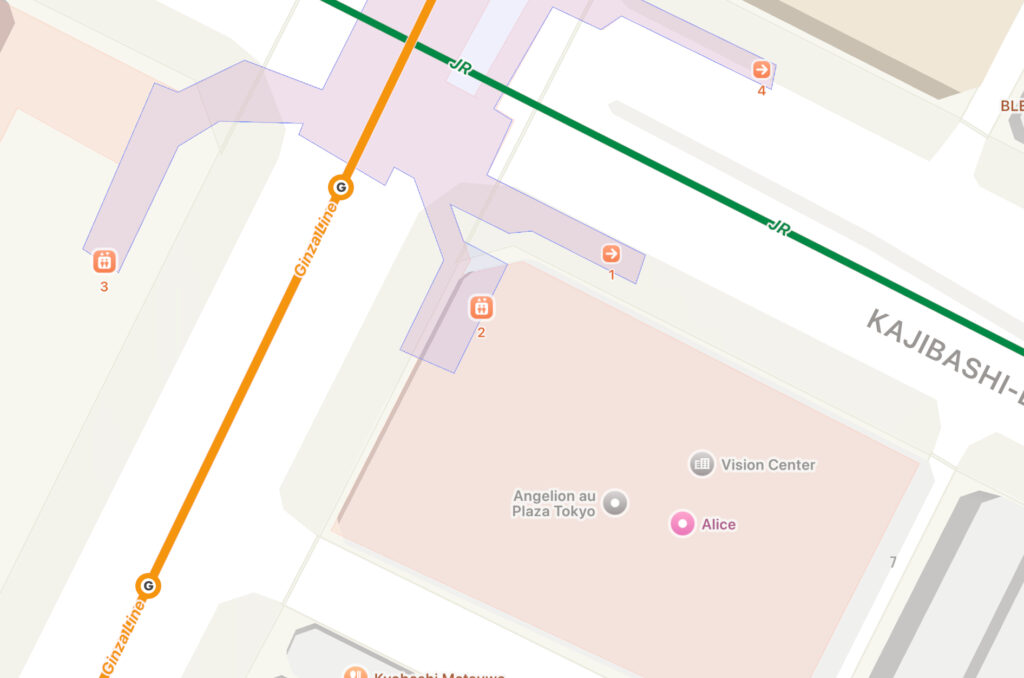
Roll into Tokyo with Confidence
Tokyo’s vibrant culture, rich history, and futuristic charm make it one of the most exciting cities in the world to explore. Thanks to its accessible infrastructure and welcoming spirit, wheelchair users can fully immerse themselves in its wonders.
Is Tokyo wheelchair accessible? We found the answer to that question to be a resounding “Yes”. Whether you’re marvelling at the skyline from Tokyo Skytree, wandering the street of Shibuya or Ginza, taking in the tranquility of the Meiji Shrine Complex, or enjoying a meal at a step-free izakaya, Tokyo will leave you inspired and coming back for more.
Have you traveled to Tokyo in a wheelchair? Do you have any questions about travelling in Tokyo? We’d love to hear from you!

